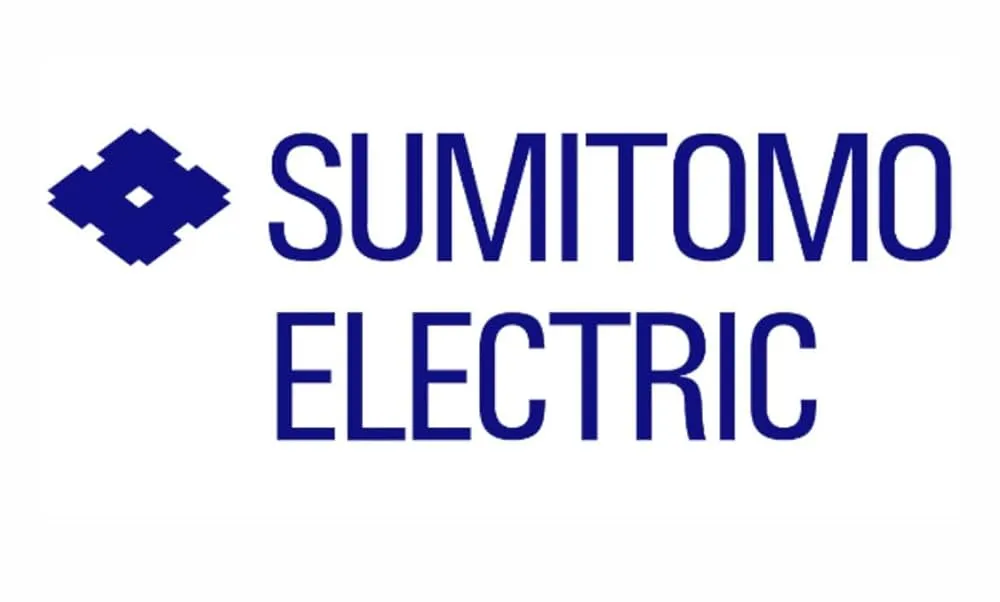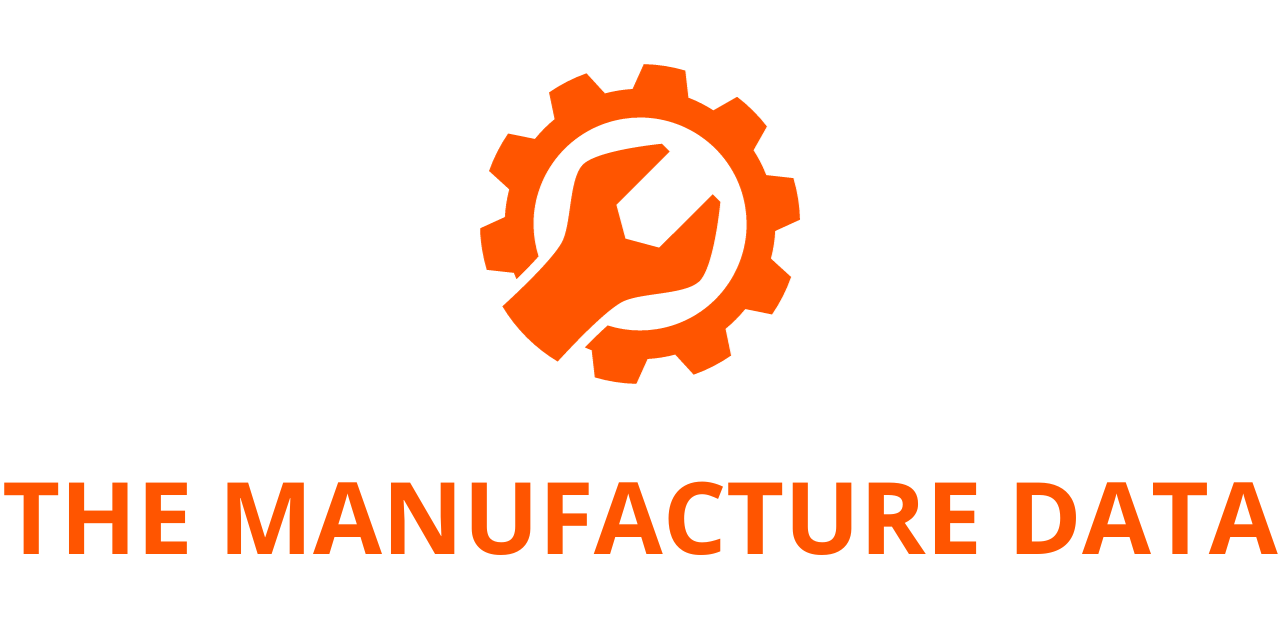
Sumitomo Electric Delivers Vanadium Redox Flow Battery to Support AI-Optimized Renewable Energy Project at Osaka Metropolitan University
Sumitomo Electric Industries, Ltd. has successfully delivered its advanced vanadium redox flow (VRF) battery system to the newly constructed “Innovation Academy Smart Energy Building” on the Nakamozu Campus of Osaka Metropolitan University (OMU), operated by the University Public Corporation Osaka. This significant deployment represents a key contribution to a forward-looking, collaborative project involving academia, industry, and government. The initiative is centered around optimizing renewable energy use through artificial intelligence and cutting-edge energy management solutions.
Integration into a Cutting-Edge Research Hub
The Innovation Academy Smart Energy Building is a state-of-the-art facility established as part of Japan’s Ministry of Education, Culture, Sports, Science and Technology (MEXT) initiative. The program, titled the “Facilities Development Projects for Industry-Academia-Government Collaboration through Regional Core and Distinctive Research Universities,” promotes innovation and sustainability by supporting research hubs that align with global decarbonization efforts. The building is designed to meet Net Zero Energy Building (ZEB) standards, meaning it prioritizes energy efficiency, generates a significant portion of its energy on-site, and incorporates advanced energy storage systems.
Sumitomo Electric’s VRF battery plays a critical role in enabling this facility to function as a living laboratory for sustainable energy systems. The battery has been integrated with the intelligent energy management system “SenaSon™,” developed by Kansai Electric Power Co., Inc. (KEPCO). This combination of hardware and intelligent control allows for dynamic, real-time management of power generation, storage, and consumption based on AI algorithms.
Enabling Smart Energy Research Through AI and Forecasting
At the heart of this initiative is a comprehensive research and demonstration project aimed at maximizing the utilization of renewable energy sources, especially solar. The VRF battery and SenaSon™ system will facilitate advanced energy research, including power demand forecasting, solar generation prediction, and AI-based optimization of battery operations. These efforts will enable the building to smartly manage its energy consumption and generation cycles, significantly reducing its environmental footprint while maintaining energy reliability and efficiency.
The project will also contribute to the advancement of Building Energy Management Systems (BEMS), with researchers developing AI-driven control models that can learn and adapt to complex energy usage patterns. This intelligent integration of hardware and software exemplifies how AI can revolutionize building operations, helping facilities move closer to energy independence and sustainability.
Why Vanadium Redox Flow Batteries?
The VRF battery technology from Sumitomo Electric is particularly well-suited for such cutting-edge applications. Compared to conventional lithium-ion batteries, VRF batteries offer several distinct advantages. They pose virtually no fire risk, have an exceptionally long service life, and offer highly stable performance across a wide range of operating conditions. These characteristics make them an ideal solution for ZEBs and decentralized energy systems, where safety, reliability, and long-term value are paramount.
In contrast to other battery types, VRF batteries can be charged and discharged simultaneously and are highly scalable, making them ideal for integration into smart grids and large facilities like research institutions and public infrastructure projects. Their ability to store large amounts of renewable energy and release it on demand ensures that excess solar power can be effectively utilized, even during periods of low generation or high demand.
A Model for Cross-Sector Collaboration
This project serves as a pioneering model for successful collaboration between academia, industry, and government. Through the deployment of advanced technologies like the VRF battery and AI-powered control systems, the Smart Energy Building is not just a research facility—it is also a functional demonstration of what next-generation energy systems can look like in practice.
By leveraging the strengths of each participating entity—Sumitomo Electric’s battery technology, KEPCO’s intelligent control systems, and OMU’s research capabilities—the project aims to create a replicable model for decarbonization and energy resilience. Such collaborative efforts are essential for accelerating the transition to a sustainable, carbon-neutral society.
Commitment to Decarbonization and Smart Communities
Sumitomo Electric has long been a leader in energy storage innovation and remains deeply committed to supporting global sustainability goals. The company views the successful installation of the VRF battery at OMU as part of its broader mission to combat climate change by reducing greenhouse gas emissions and enhancing the viability of renewable energy.
Through continuous investment in battery technology and collaborative smart community projects, Sumitomo Electric is helping pave the way for more resilient, efficient, and sustainable urban environments. Its VRF batteries are already gaining attention across Japan and globally as one of the safest and most durable energy storage solutions available.
As this demonstration project progresses, the lessons learned from real-world deployment will be used to refine both technology and policy, offering valuable insights into how renewable energy can be effectively harnessed and optimized using AI and energy storage.
In conclusion, the delivery and integration of Sumitomo Electric’s VRF battery into the Innovation Academy Smart Energy Building is more than just a technological milestone—it is a powerful statement about the potential of collaborative innovation to drive real progress toward a sustainable energy future. With AI-enhanced optimization, intelligent forecasting, and a strong commitment to decarbonization, this initiative stands as a beacon of what is possible when academic research, industrial expertise, and government vision align.




